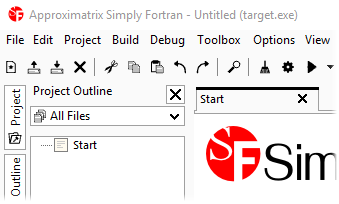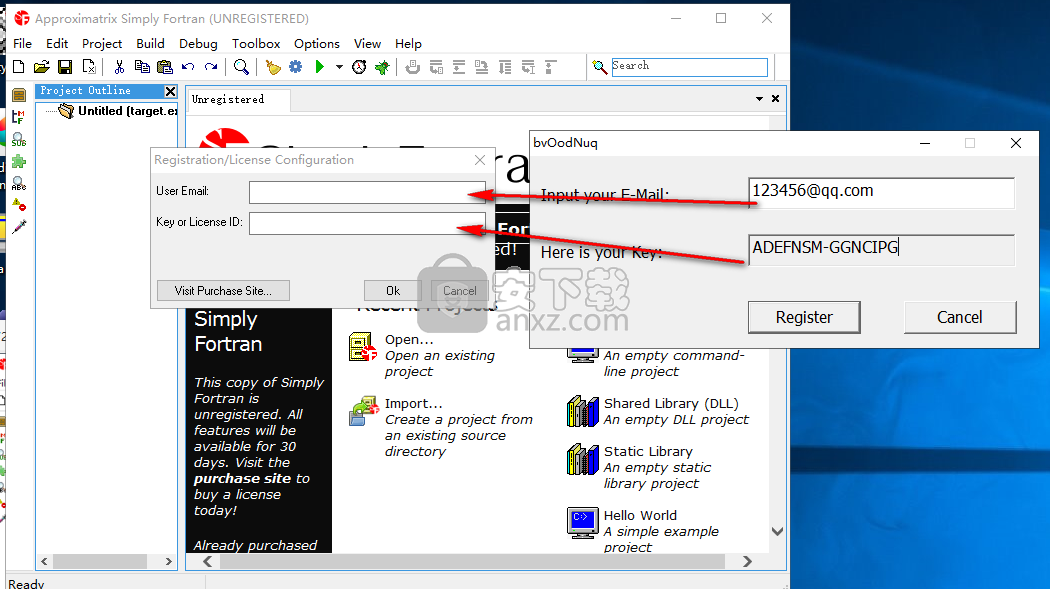

Python backend system that decouples API from implementation unumpy provides a NumPy API. Simply Fortran can be installed on any Microsoft Windows (XP or newer) or compatible operating system. Manipulate JSON-like data with NumPy-like idioms. Multi-dimensional arrays with broadcasting and lazy computing for numerical analysis. NumPy-compatible sparse array library that integrates with Dask and SciPy's sparse linear algebra.ĭeep learning framework that accelerates the path from research prototyping to production deployment.Īn end-to-end platform for machine learning to easily build and deploy ML powered applications.ĭeep learning framework suited for flexible research prototyping and production.Ī cross-language development platform for columnar in-memory data and analytics. Labeled, indexed multi-dimensional arrays for advanced analytics and visualization NumPy-compatible array library for GPU-accelerated computing with Python.Ĭomposable transformations of NumPy programs: differentiate, vectorize, just-in-time compilation to GPU/TPU.

#Simply fortran support Offline
NumPy's API is the starting point when libraries are written to exploit innovative hardware, create specialized array types, or add capabilities beyond what NumPy provides.ĭistributed arrays and advanced parallelism for analytics, enabling performance at scale. 1 jeff 18:08:29 Administrator Offline Simply Fortran Version 3.0 is now available from our website This latest release brings substantial user interface improvements, multiple projects per window, and source control integration, among other improvements. With this power comes simplicity: a solution in NumPy is often clear and elegant.
#Simply fortran support full
NumPy brings the computational power of languages like C and Fortran to Python, a language much easier to learn and use. Consider signing up for a SF Package Manager Account as well to take full advantage of Simply Fortran For any problems with or questions concerning the registration process, please contact Approximatrix Support.

Nearly every scientist working in Python draws on the power of NumPy.


 0 kommentar(er)
0 kommentar(er)
